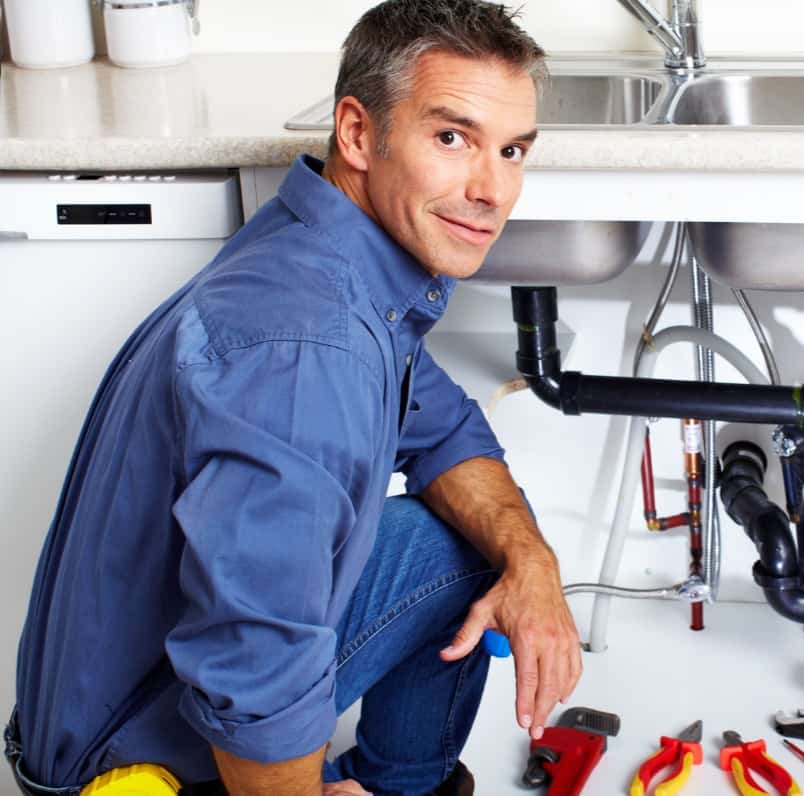
It's a subject we all don't really like to talk about... nor is it something we should ever experience. But when you have septic tank problems, these problems can get out of hand quickly. So here are some preventative measures you can take to avoid the Armageddon of Stink and to reduce the number of times you will need to call for your neighborhood-friendly, emergency plumbing service.
As a Plumber you have done your time and got your trade certificate. It wasn't given to you because you had to earn it. You now have the right to make a fair and honest living from it despite the down turn in the economic climate.
You should make sure to do preventative maintenance on all of your outside faucets to prevent a very cold, wet, and costly problem down the road. Paying to have a plumber replace a faulty valve will cost you significantly less than having to pay for emergency service work when you have a pipe freeze and break in the middle of the night.
Check on the plumber's licensing and insurance. You can ask about this over the phone before you even make an appointment. If the Trustworthy plumber, or his representative on the phone, cannot provide the master plumbing license number quickly and easily, that's your cue to move on.
The number one thing to look for is emergency services. You never know when a pipe will burst or a toilet will overflow. It is not always during business hours, and you certainly cannot wait hours until a Local plumber is ready to come to your home in the morning. You need someone who will be responsive when you need fast help, which is why you should look for a company that provides emergency hours. You may have to pay an extra fee, but it is usually cheaper than having to pay for mold elimination down the road after letting standing water stay in your house for days.
Whether you choose a freelance plumber or a plumbing company, verify if these individuals have plumbing licenses. Licenses guarantee that you and your neighbor's properties are insured in case something goes wrong.
Start off with disassembling the faucet head. Inspect each part to see which are still OK and which ones will need replacing. In some cases, you only have to replace a washer or two, which will save you a lot. However, if you have to replace the whole faucet, make sure that you are getting the same model so that you don't have to worry about compatibility and familiarizing yourself with how to use it.